Wa, 和, Harmony, unity.
Used to designate traditionally Japanese concepts.
When I sat down to figure out a topic for today’s entry, I realised I had a surfeit of words beginning with W. Not just W, but “wa”. Then it hit me, these words all have the same root and explaining why that is, and what that root really means, would be a perfect subject. Rather than pick one word, I’m essentially doing all of them!
I’m sure you’ve noticed the common thread of wa- used in Japanese items. Here are some of the more common ones that crop up, especially amongst kimono collectors and fans of traditional arts and crafts. But why is that, exactly?
The character 和, Wa, alone is most frequently translated into English as harmony, like I mentioned above. However, it’s really so much more than that. It’s come to represent an intangible quality of a Japanese-ness, a cultural identity that defies any real definition. It’s often used as a way to distinguish the Japanese version or aesthetic of something that has a western or cross-cultural equivalent as well. For example, where yofuku means “western clothes”, wafuku means “Japanese clothes” and is used for kimono and all related bits and bobs. Yogashi are often elaborate, French-style desserts like tiny pastries and cream cakes, whereas wagashi are the iconic, minimalist, seasonal sweets made from traditional ingredients like bean paste and sakura leaves. Less frequently but becoming more common, yoshitsu can be used to describe rooms (particularly hotel bedrooms) that have a raised western-style bed and legged chairs and tables, where washitsu regularly describes the idealised Japanese room with tatami flooring, sliding screens, and seating on the floor.
There are so many more examples of words using this root, but here’s a small selection that are the most likely to crop up on this blog. This list is far from complete, but if you see a word that begins with wa and is written with the和 you can be fairly certain that it’s got at least something to do with traditional Japanese arts and aesthetics.

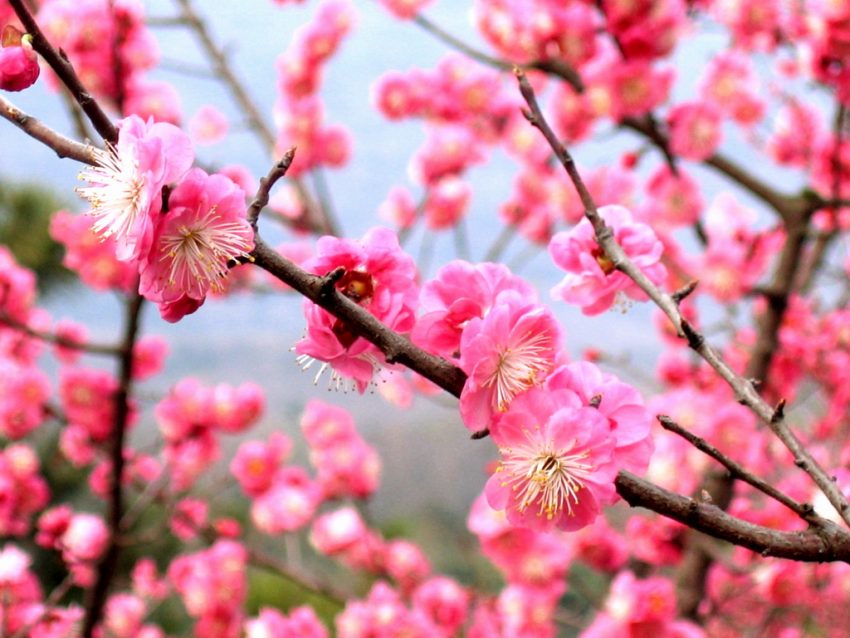
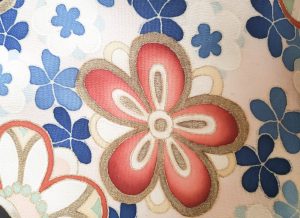
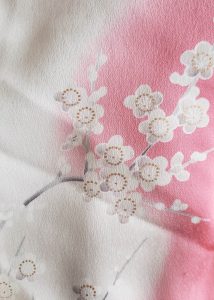
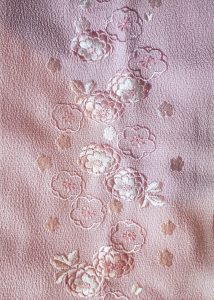
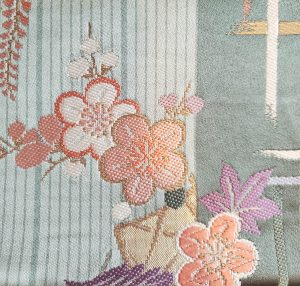
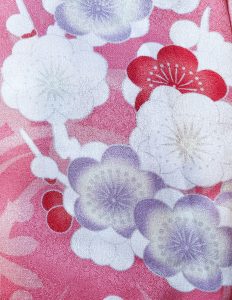
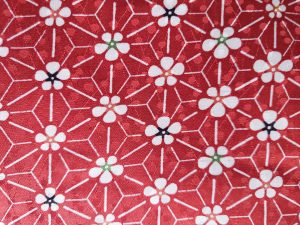
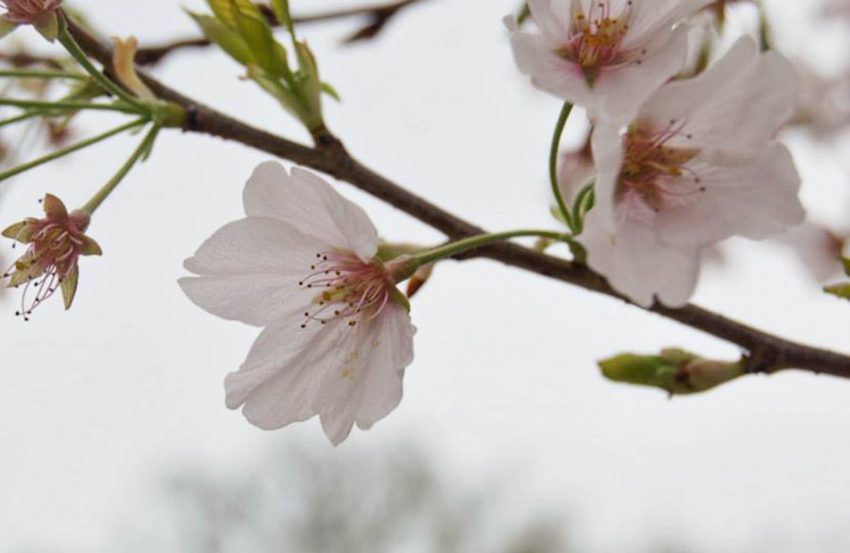
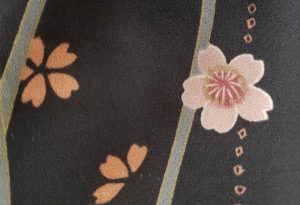
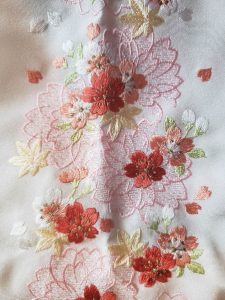


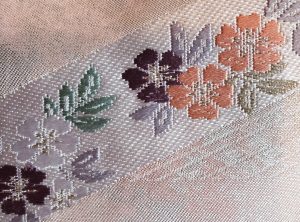
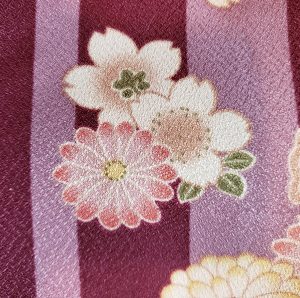
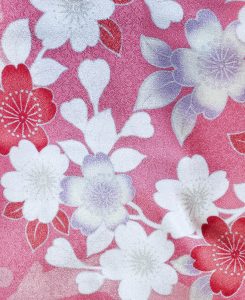

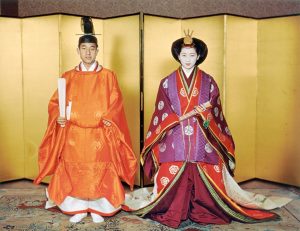

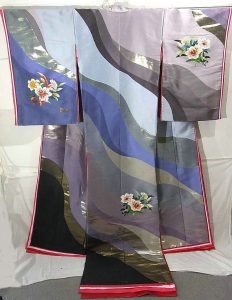











 Bebe Taian
Bebe Taian CHOKO Blog
CHOKO Blog Gion Kobu
Gion Kobu